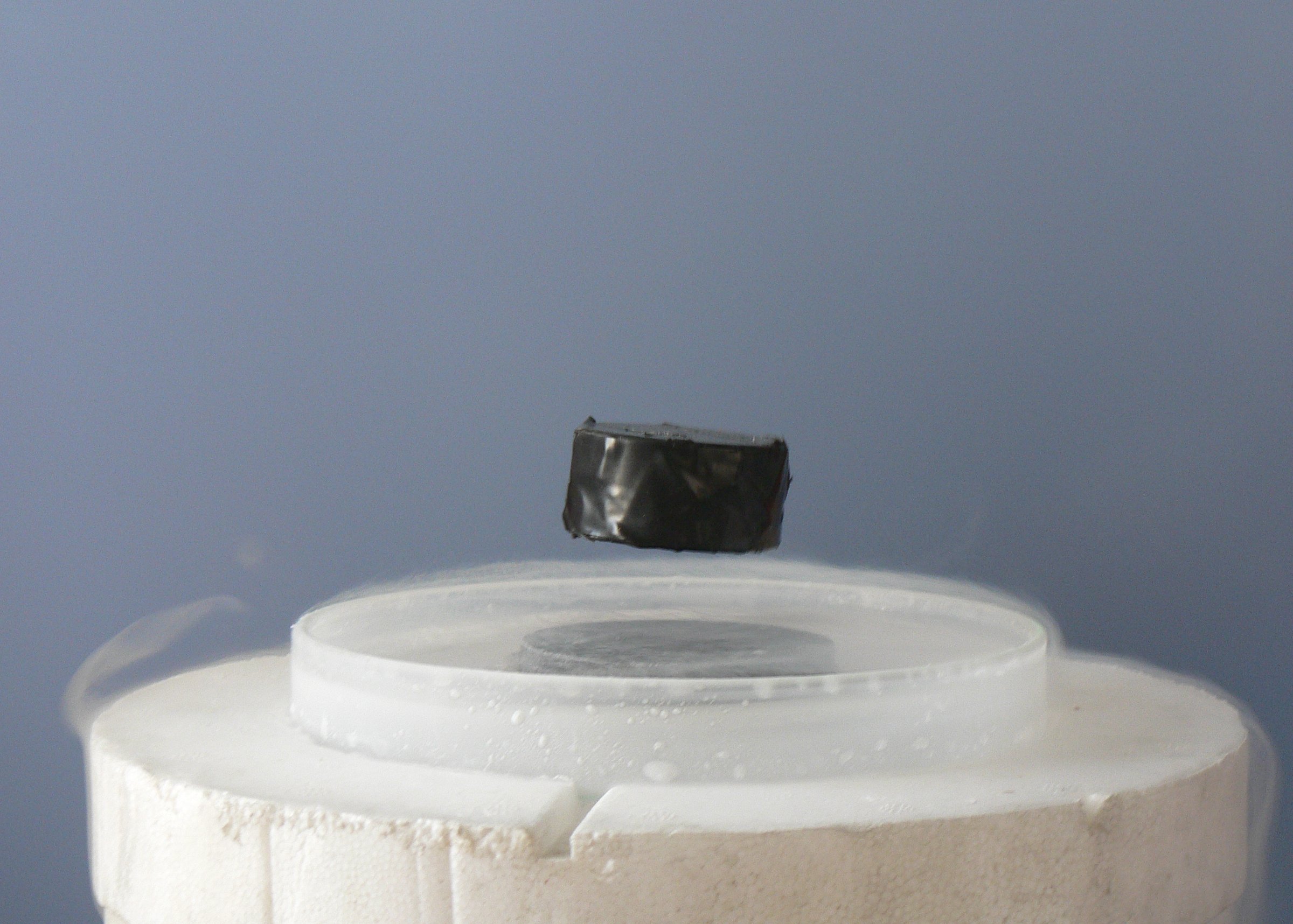Superconductivity
- Introduction to Superconductivity
- Theoretical Foundations
- Types of Superconductors
- Superconducting Materials
- Superconducting Phenomena
- Superconducting Devices
- Superconductivity and Quantum Computing
- Challenges in Superconductivity
- Future of Superconductivity
- Case Study: Superconductivity in Energy Sector
- Case Study: Superconductivity in Medical Field
- Case Study: Superconductivity in Transportation
Case Study: Superconductivity in Energy Sector
Superconducting Transformers: A Comprehensive Overview

Electrical conductivity with exactly zero resistance.
Superconducting transformers are a promising technology in the field of power transmission and distribution. They offer several advantages over conventional transformers, including higher efficiency, smaller size, and lower weight. This article provides a comprehensive overview of superconducting transformers, covering their working principles, advantages, real-world examples, and future prospects.
Working Principle of Superconducting Transformers
Superconducting transformers operate on the same basic principle as conventional transformers. They consist of two or more coils of wire, known as windings, which are wound around a common core. The primary winding is connected to the power source, and the secondary winding is connected to the load. When an alternating current flows through the primary winding, it creates a magnetic field that induces a voltage in the secondary winding.
The key difference between superconducting and conventional transformers lies in the material used for the windings. In a superconducting transformer, the windings are made of superconducting wire, which has zero electrical resistance when cooled to a certain temperature. This eliminates the resistive losses that occur in conventional transformers, resulting in higher efficiency.
Advantages of Superconducting Transformers
Superconducting transformers offer several advantages over their conventional counterparts:
-
Higher Efficiency: The zero electrical resistance of superconducting wire eliminates resistive losses, resulting in higher efficiency. This can lead to significant energy savings, especially in large power systems.
-
Smaller Size and Lower Weight: Superconducting transformers can carry the same amount of power as conventional transformers in a much smaller and lighter package. This is because superconducting wire can carry a much higher current density than conventional wire.
-
Lower Noise and Vibration: Superconducting transformers operate with less noise and vibration than conventional transformers, which can be a significant advantage in urban and residential areas.
Real-World Examples of Superconducting Transformers
Several companies and research institutions around the world are developing and testing superconducting transformers. For example, Siemens has developed a 1 MVA superconducting transformer that uses high-temperature superconducting wire. The transformer has been tested in a German power grid and has demonstrated high efficiency and reliability.
Future Prospects of Superconducting Transformers
The future of superconducting transformers looks promising. As the technology matures and the cost of superconducting wire decreases, it is expected that superconducting transformers will become more common in power systems. They have the potential to significantly improve the efficiency and reliability of power transmission and distribution, and to reduce the environmental impact of the energy sector.
In conclusion, superconducting transformers represent a significant advancement in transformer technology. They offer several advantages over conventional transformers, including higher efficiency, smaller size, and lower weight. With ongoing research and development, superconducting transformers are expected to play a key role in the future of the energy sector.